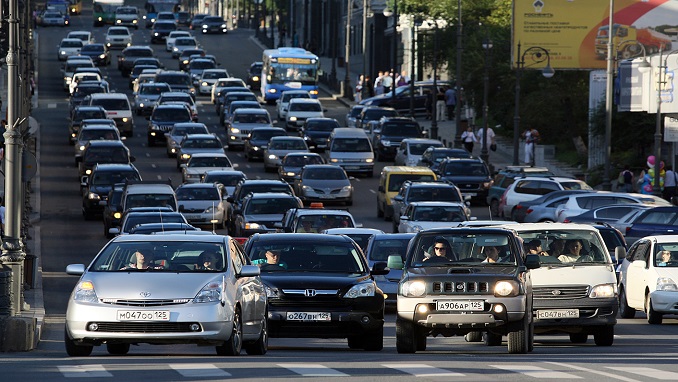The recovery in gasoline demand in the United States slowed down in August, even turning negative in the last week of the month as driving season came to an end and the new school year began, Russia Today reports.
New data from IHS Markit shows gasoline demand fell by 1.9 percent over the last full week of August. The four-week rolling average, the company reported, stood at 18.2 percent below the level from last year.
The slowdown in August followed three months of strong recovery after lockdowns got eased in May. A month before that, gasoline sales crashed by 50 percent on the year.
“The plateauing in demand is a symptom of the continuing aggressiveness of the coronavirus and is telling us that it will take longer to get back to normal,” IHS Markit chairman Daniel Yergin said, commenting on the data.
In that, he echoed most market observers in various industries that see a prolonged recovery from the devastating economic effects of the pandemic, especially in the United States.
A further decline in demand for gasoline is coming over the next few months as summer driving season normally represents the peak in demand. This means that whatever recovery demand registered in the summer was all it would get this year. This, in turn, means that we are likely to see a shift from inventory draws to builds in gasoline in the Energy Information Administration’s weekly petroleum status reports.
In the EIA’s latest weekly report, the agency said gasoline inventories had fallen by three million barrels in the week to September, after an even bigger weekly draw of 4.3 million bpd a week earlier. That one, however, was linked to Hurricane Laura, which forced refinery shutdowns along the Gulf Coast. Average gasoline production last week fell, however, to 8.9 million bpd from 9.5 million bpd a week earlier.












